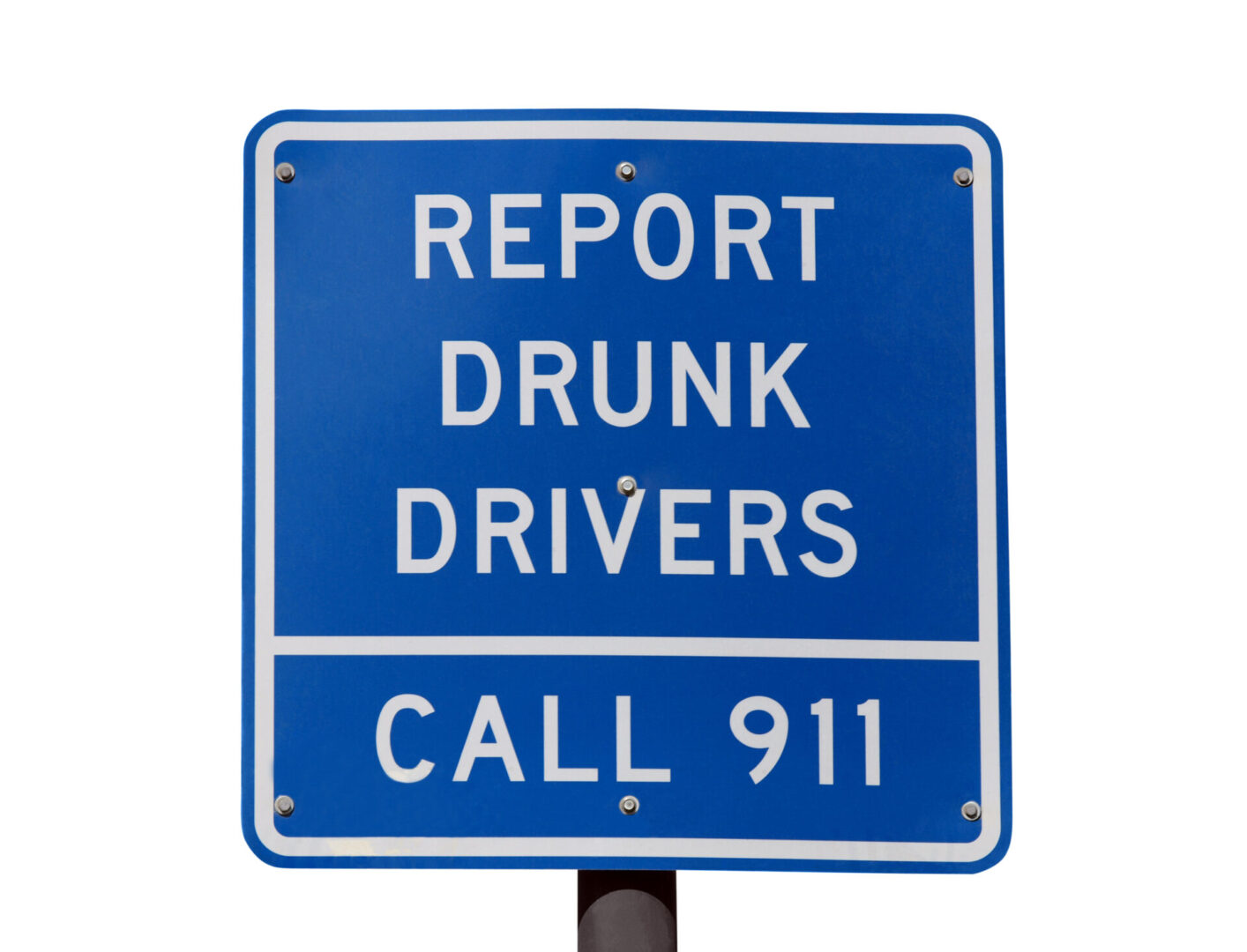ANONYMOUS DUI TIPSTERS
ORANGE COUNTY'S "BEST" OR "TOP-RATED" DUI DEFENSE LAWYERS RATED BY SUPER LAWYERS, ORANGE COUNTY'S "TOP-RATED" DUI DEFENSE ATTORNEYS
The Law Behind Anonymous DUI Tipsters and Traffic Stops
NAVARETTE V. CALIFORNIA
The issue of the constitutionality of a detention based on a tip to the police by an “anonymous tipsters” or, as is the case, "anonymous DUI tipsters", has become an issue of great debate after the California State Supreme Court decision in People v. Wells and even more so after the United States' Supreme Court ruling in Navarette v. California, especially when the officer observed no signs of impaired driving that constitutes the basis for the traffic stop.

THE LAW BEHIND "ANONYMOUS DUI TIPSTERS" AND DUI TRAFFIC STOPS
In evaluating the constitutionality of a detention based on a tip to the police, note the distinction between “anonymous tipsters” (folks who telephone the police about a crime, but do not identify themselves and are not known to the police), “government agents” (informants working for the constable) and “citizen informants” (chance witnesses or crime victims who expose their identity).
With regard to “anonymous tipsters” and “government agents,” there is no presumption of reliability attached to their tips. However, Navarette v. California ___ U.S. ___ (Docket No. 12-9490) (2014) held that “under appropriate circumstances, an anonymous tip can demonstrate ‘sufficient indicia of reliability to provide reasonable suspicion to make [an] investigatory stop’” [quoting Alabama v. White (1990) 496 U.S. 325, 327]. Navarette involved a dispatcher’s radio communication of a 911 report [treated by the United States Supreme Court as anonymous] of a specifically described vehicle and license plate number that had run the caller off the road approximately five minutes ago. About 13 minutes later a CHP officer spotted the vehicle and followed it for about five minutes without observing any vehicle code violation. Employing the “totality of circumstances” test, the court found the report “bore adequate indicia of reliability” to support an enforcement stop based on the following factors:
The caller necessarily claimed eyewitness knowledge of the alleged dangerous driving (cf. Florida v. J.L., 529 U.S. 266 (2000), where tipster did not explain the basis of his knowledge that a young black man had a gun);
In spotting the truck 19 miles from the reported mile marker just 18 minutes after the call, the report was contemporaneous with the incident;
With it being common knowledge that 911 calls can be traced even with blocked caller ID, the tipster’s use of the 911 system provided an additional safeguard against the re-port being false (the court was careful to state that this is just one factor, and that 911 calls are not reliable per se).
After finding the tip to be sufficiently reliable, the Navarette Court then held the enforcement stop was constitutional even though the officer did not see a vehicle code violation during the five-minute observation. “Extended observation of an allegedly drunk driver might eventually dispel a reasonable suspicion of intoxication, but the five-minute period in this case hardly sufficed in that regard.” Id. Furthermore, the court rejected any contention that an officer is required to observe the manner of driving before acting on a reliable tip.

While declaring that “not all [reported] traffic infractions imply intoxication [thus allowing an enforcement stop],” it cited the following descriptions as examples of what is sufficient to reasonably suspect impairment and stop a motorist:
- Weaving all over the roadway;
- Crossing over the center line;
- Almost causing several head-on collisions
- Driving all over the road;
- Weaving back and forth;
- Driving in the median.
The Navarette Court Concluded:
The 911 caller, (or anonymous DUI tipster), in this case reported more than a minor traffic infraction and more than a conclusory allegation of drunk or reckless driving. Instead, she alleged a specific and dangerous result of the driver’s conduct: running another car off the highway ... As a result, we cannot say that the officer acted unreasonably under these circumstances in stopping a driver whose alleged conduct was a significant indicator of drunk driving.
Navarette followed the California Supreme Court’s decision in People v. Wells (2006) 38 Cal.App.4th 1078. In Wells, the dispatcher broadcasted “a possibly intoxicated driver ‘weaving all over the roadway,’” and described the vehicle as an “80s model blue van traveling northbound on Highway 99 at Airport Drive.” The officer, who was heading southbound 3 to 4 miles away from that location when he got the call, positioned himself on the shoulder of northbound Highway 99. “Two or three minutes” later he saw a blue van traveling approximately 50 miles per hour. He made an enforcement stop without independently observing any unusual, suspicious, or illegal driving. Citing “the grave risks posed by an intoxicated highway driver,” Wells held that a brief, investigatory stop was justified under the circumstances even though the tip was treated as anonymous. While approving a lower court ruling in Lowry v. Gutierrez (2005) 129 Cal.App.4th 926, and following a non-binding federal opinion in United States v. Wheat (8th Cir. 2001), 278 F.3d 722, the court declared that “there is a sound and logical distinction between the vehicle stop in the present case and the frisk found unconstitutional in [Florida v. J.L., (2000) 529 U.S. 266 (anonymous tip reporting a young, African American man in a plaid shirt, standing at a particular bus stop and carrying a gun)]. Seizing on J.L.’s statement that there may be “circumstances under which the danger alleged in an anonymous tip might be so great as to justify a search even without a showing of reliability...[such as a report] of a person carrying a bomb...,” J.L., at 273-274, the Wells Court found that a “drunk driver is not at all unlike a bomb, and a mobile one at that [citing the Vermont Supreme Court in State v. Boyea (2000) 765 A.2d 862, 867-868].” As in Wheat, the court further found that the tip’s lack of “predictive information” was not critical to determining its reliability. It also cited Michigan Department of State Police v. Sitz (1990) 496 U.S. 444, 455, for the proposition that the high court has sanctioned the “stopping of all drivers to investigate possible drunk driving despite any articulable facts indicating an immediate risk of harm.”
The Wells Court set forth three requirements that must be met for an anonymous tip to provide reasonable suspicion to justify a DUI traffic stop, and they closely parallel the factors found sufficient in Navarette:
- First, the tipster must furnish sufficient identifying information regarding the vehicle and its location, so the officer and reviewing courts may be reasonably sure the vehicle stopped is the one identified by the caller.
- Second, the tip should indicate the caller had actually witnessed a contemporaneous traffic violation that compels an immediate stop, rather than merely speculating or surmising unlawful activity.
- Third, at least the “innocent details” of the tip must be corroborated by the officers. (See: Wells, at 1085-1086).
CONCLUDING REMARKS - ANONYMOUS DUI TIPSTERS
The prosecution bears the burden of proof when it comes to a warrantless detention, and that the constitutionality of a detention is determined by what the officer knew at the time he made the stop. It is often wise to not ask a question in a Pen. C. § 1538.5 Motion to Suppress hearing where the evidence has not yet proven a particular point. Also, be mindful that Navarette was a 5-4 decision which the majority labeled “a close call” (therefore, evidence falling short of what took place in Navaratte can change the outcome of the case).
Orange County DUI Attorneys Providing DUI Defense in Orange County - Laguna Hills, Laguna Beach, Orange
CALL NOW!
FREE CONSULTATION: (949) 235-2250



